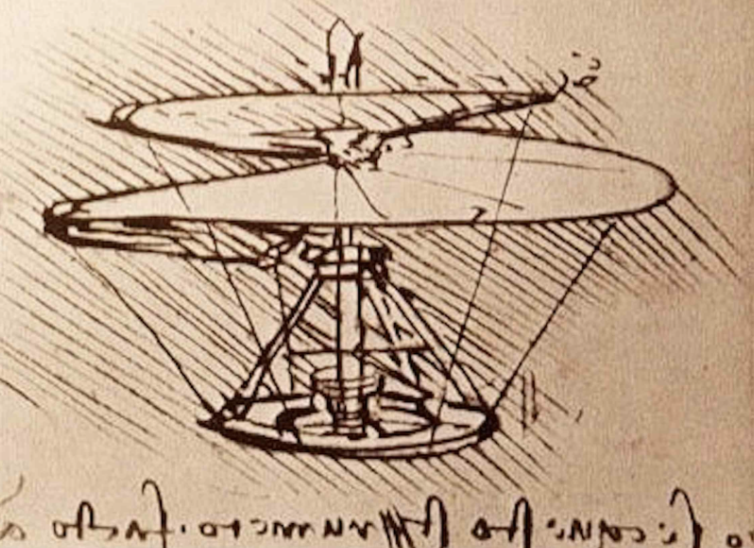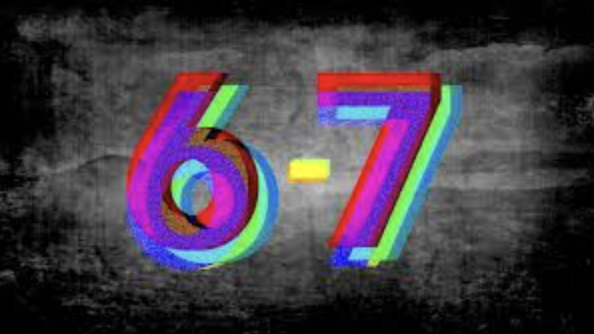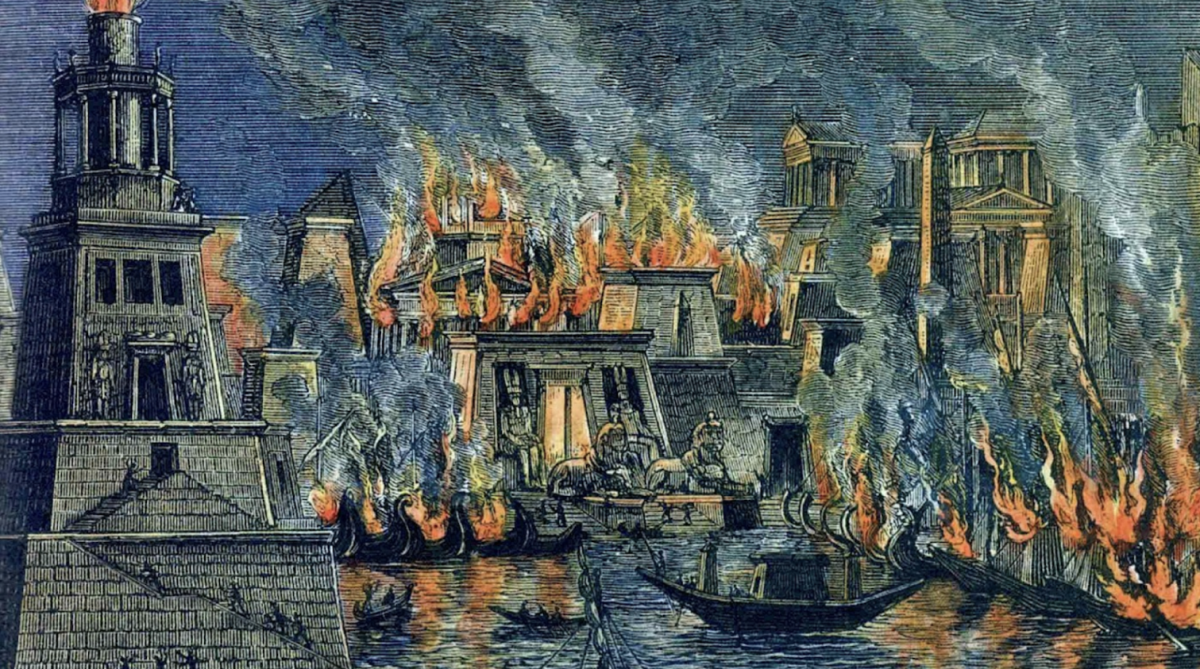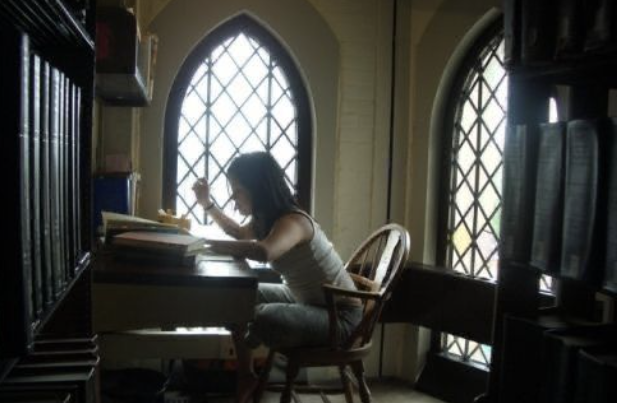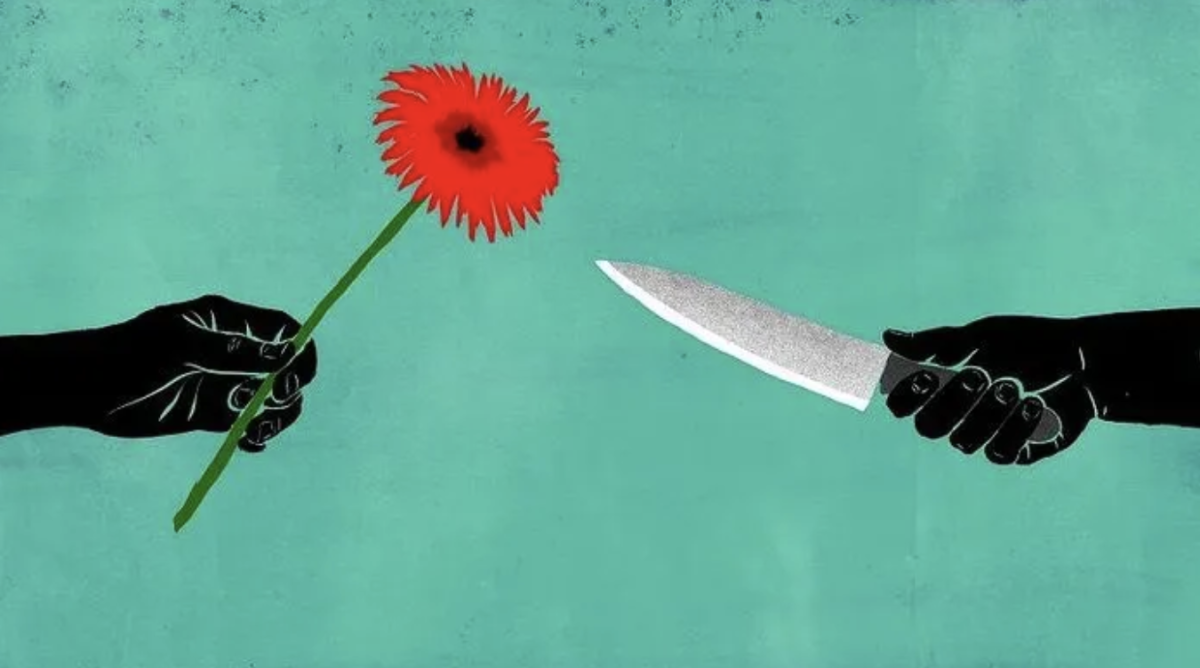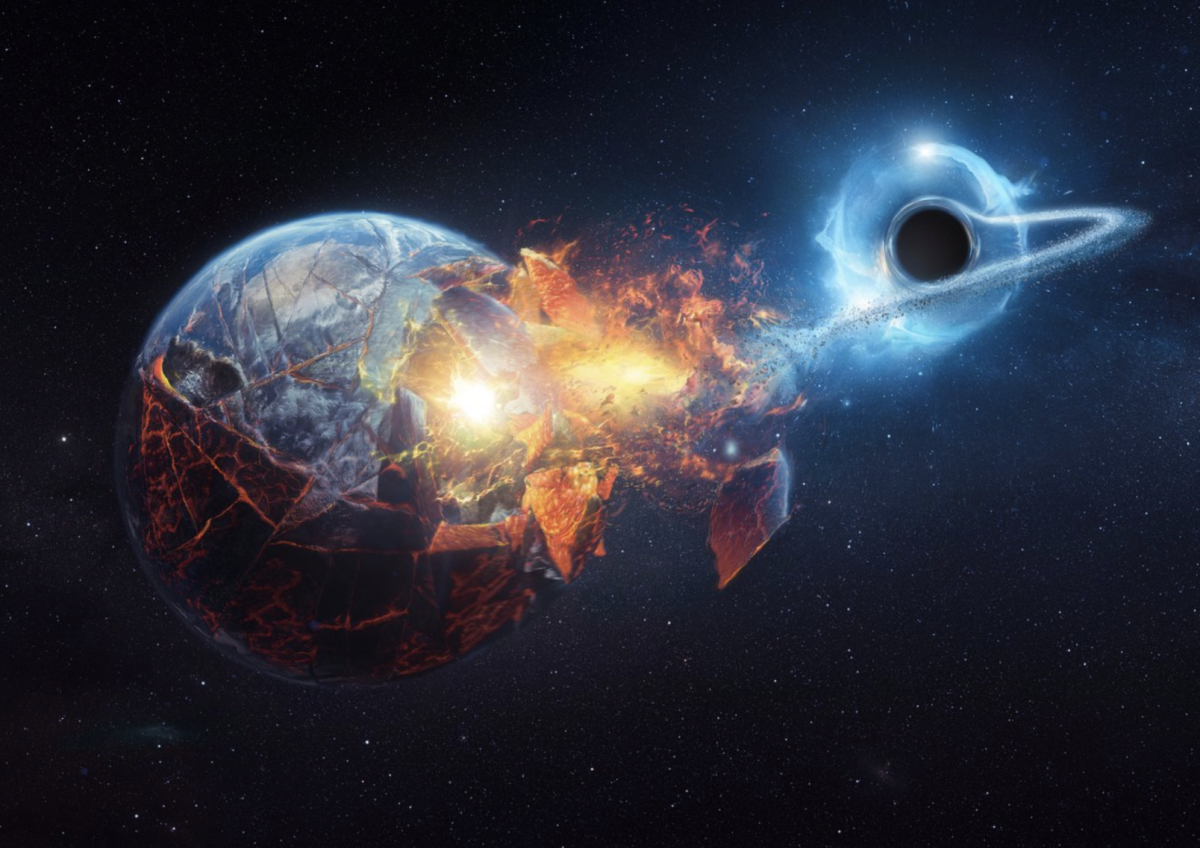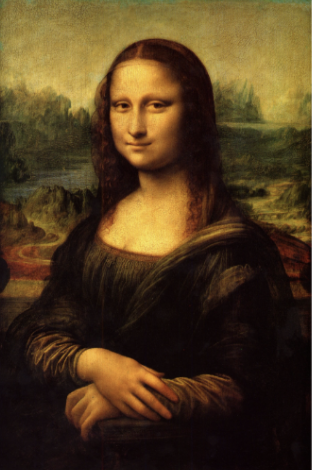
Leonardo Da Vinci was born on April 15, 1452, in Italy and died on May 2, 1519. He lived during the Renaissance, which was the time when science and art were widely popular. He was well known as a famous painter and scientist, and he also studied human anatomy. He was often called a Renaissance man because of how skilled he was in the fields he studied. He is best known for his paintings, such as the Mona Lisa and the Last Supper, and his inventions. He designed helicopters, tanks, and parachutes (in drawings). A big reason why he was so liked was that his ideas were so far ahead of the time he was born in, with some of his inventions not being able to be built until centuries later, plus the combined art and science. His art is even studied in schools to this day, and it’s also in many museums worldwide. For example, the Mona Lisa is one of the most visited paintings in the world and hangs in the Louvre Museum in Paris. Engineers and artists will look at his notebooks and ideas just for inspiration, like how his old drawings of wings and helicopters would give modern inventors ideas for a real plane. He would push the limits of what was possible in his time and make his art more realistic using his anatomy and lighting skills. Many of the inventions he made inspired things like airplanes and bridges. He also would always try to learn something new and master that as well as he could. He didn’t like sticking with only one subject, which led him through his career as an artist and inventor, and his studies in anatomy. A lesson that you could take from DaVinci’s life is that being creative is a gift that you should hold onto, along with being curious about the world and how it can lead to amazing discoveries.
Sources:


